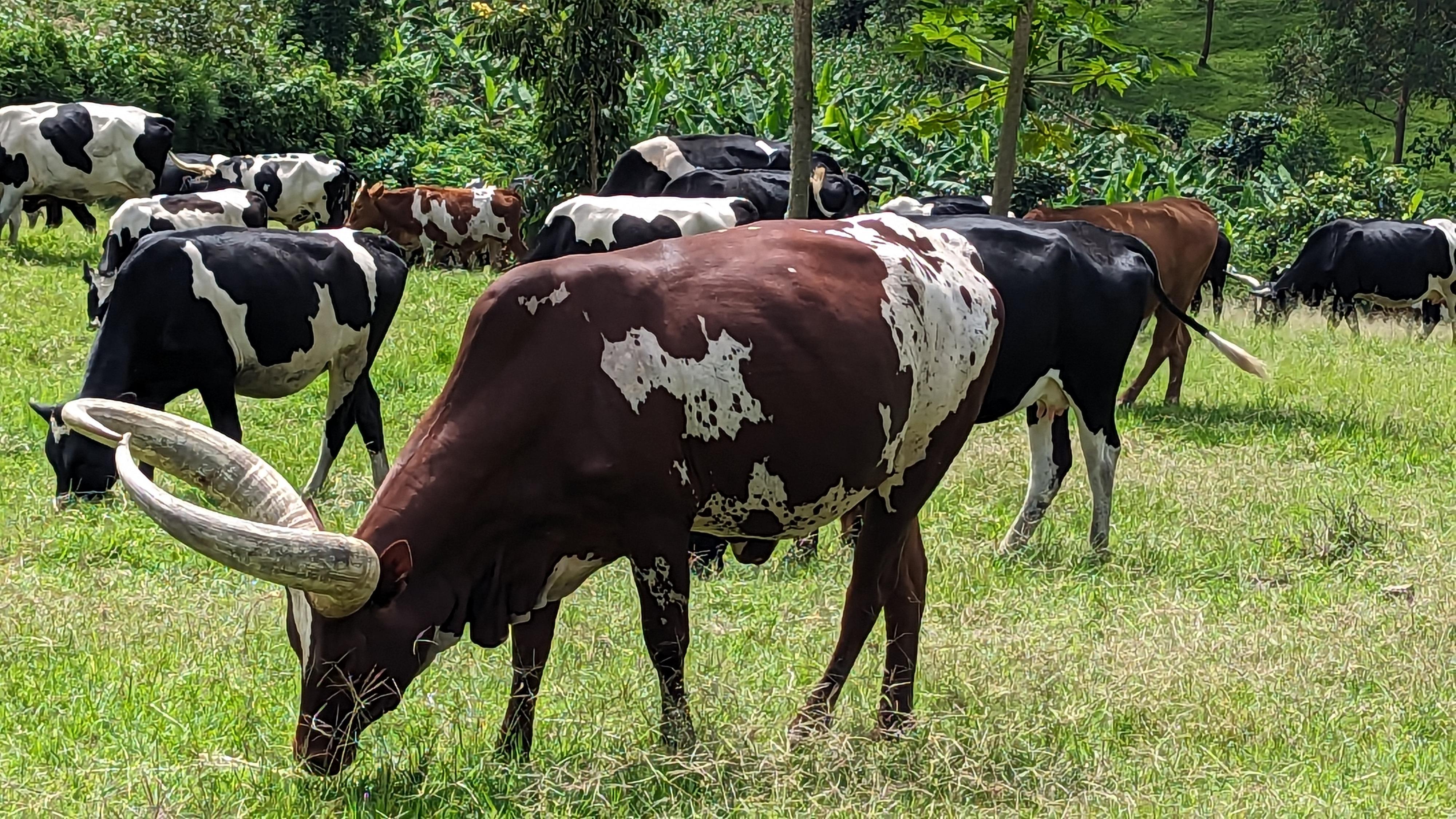UBOS census reveals Uganda's livestock landscape
Friday March 29 2024

Cattle on a farm in Kyegegwa. (Photo by Joseph Tumwesigye)
A recent census conducted by the Uganda Bureau of Statistics (UBOS) has provided comprehensive insights into the country's livestock population, playing a crucial role in shaping government policies and strategies for the livestock sector. The census, carried out in 2021, yielded significant data on the various livestock categories across different regions of Uganda.
According to the census findings, Uganda is home to approximately 14.5 million cattle, 17.4 million goats, 4.4 million sheep, 7.1 million pigs, and 2.2 million rabbits. These figures underscore the diverse livestock landscape within the country and highlight the substantial contribution of the livestock sector to Uganda's economy and food security.
The regional breakdown of the livestock census results reveals interesting patterns. Karamoja emerges as the region with the highest number of cattle, boasting a total of 2.4 million heads, followed closely by Ankole with 1.8 million cattle. North Buganda and South Buganda follow suit with 1.6 million and 1.4 million cattle, respectively. Other regions such as Teso (1.2 million), Busoga (1.1 million), Acholi and West Nile (800,000 each), Lango (800,000), Toro (700,000), and Kigezi sub-region (300,000) also contribute significantly to Uganda's cattle population.
The census further distinguishes between indigenous and exotic cattle breeds, with Karamoja and Teso leading in indigenous cattle numbers, while Ankole stands out for its high number of exotic cattle.
In addition to cattle, the census also sheds light on the poultry sector, reporting a total of 57.8 million chickens across Uganda. Central Uganda leads in chicken numbers with 20.7 million, followed by Eastern Uganda with 15.8 million chickens.
UBOS emphasizes the importance of this livestock census data in guiding government policies and interventions aimed at promoting the growth and sustainability of the livestock sector.


